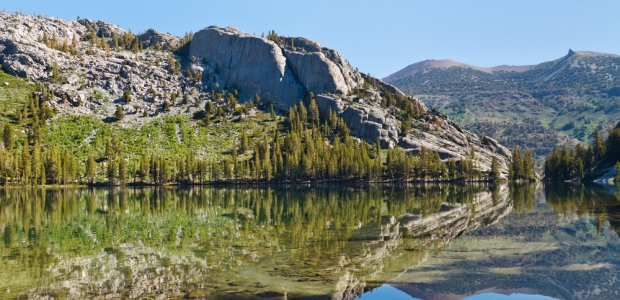
Several Agencies Announce Additional Resilient Lands and Waters Initiatives Sites
The Department of the Interior (DOI), Department of Agriculture (USDA), Environmental Protection Agency (EPA), National Oceanic and Atmospheric Administration (NOAA), and the U.S. Army Corps of Engineers (USACE) recently recognized three new collaborative landscape partnerships across the country, which will help prepare natural resources combat climate change.
Under the new Resilient Landscape partnerships that were announced by President Obama a little more than two months ago, the DOI, USDA, EPA, NOAA, and USACE have launched new Resilient Lands and Waters sites in California and Montana/British Columbia. These sites will help protect the natural resources and the people and businesses that depend on them by making the resources more resilient to global warming and other related problems faced by the changing climate.
“As several years of historic drought continue to plague the West Coast, there is an enormous opportunity and responsibility across federal, state and private lands to protect and improve the landscapes that generate our most critical water supplies,” said Secretary of Agriculture Tom Vilsack. “Healthy forest and meadows play a key role in ensuring water quality, yield and reliability throughout the year. The partnerships announced today will help us add resiliency to natural resource systems to cope with changing climate patterns.”
One example of how these sites will work is at the California Headwaters, an area that is responsible for creating much of the water supply for the state, where places have already been selected for restoration projects to improve water quality, keep the forests healthy, and develop ways to reduce the risk of wildfires.
“Landscape-scale conservation can help protect communities from climate impacts like floods, drought, and fire by keeping watersheds healthy and making natural resources more resilient,” said EPA Administrator Gina McCarthy. “EPA is proud to take part in the Resilient Lands and Waters Initiative.
For more information on the resilience initiative, please click here.